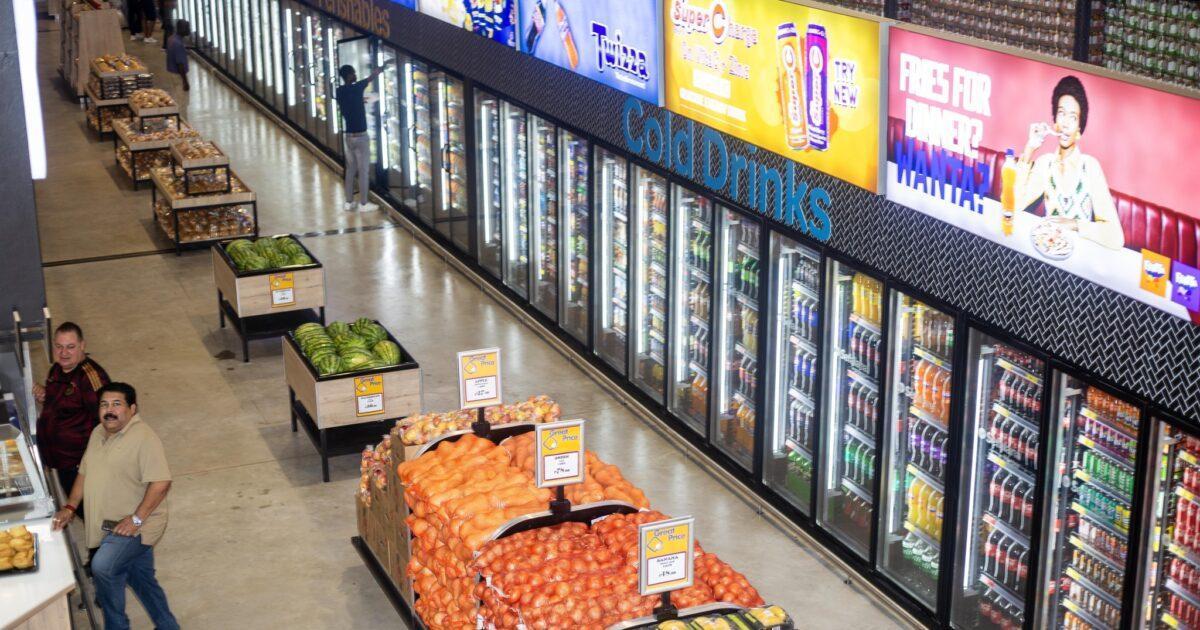Africa-Press – Botswana. Botswana’s annual inflation edged slightly higher in March 2025, rising to 2.8 percent from 2.7 percent in February.
According to Statistics Botswana’s Consumer Price Index March 2025 report, despite the uptick, inflation remains below the Bank of Botswana’s (BoB) lower bound of its medium-term objective range of 3 to 6 percent and slightly lower than the 2.9 percent recorded in March 2024.
The increase was largely driven by price pressures in key sectors.
Miscellaneous Goods & Services
“The main contributors to the annual inflation rate were the Food and Non-Alcoholic Beverages group, which accounted for 0.9 of a percentage point, and the Miscellaneous Goods & Services group, contributing 0.7 of a percentage point,” the report stated.
The report revealed that inflation developments varied across regions.
Urban Villages recorded the highest jump, with inflation increasing by 0.3 percentage points from 2.7 percent in February to 3.0 percent in March. Cities and Towns saw a smaller rise, moving from 2.3 percent to 2.4 percent while Rural Villages remained stable at 3.2 percent.
Consumer Price Index
At the national level, the Consumer Price Index (CPI) increased by 0.2 percent from 135.4 in February to 135.7 in March.
Urban Villages showed a more significant CPI increase of 0.4 percent, reaching 136.0. Cities and Towns followed with a 0.2 percent rise to 135.3 while Rural Villages experienced a modest 0.1 percent increase to 135.8.
Furnishing
Between February and March, the price indices for most groups showed mild but consistent growth.
The Furnishing, Household Equipment & Routine Maintenance index increased by 0.7 percent, driven by higher costs in Goods & Services for Household Maintenance (1.3 percent) and Carpets & Other Floor Coverings (0.7 percent).
The Food & Non-Alcoholic Beverages index rose by 0.6 percent, pushed by notable increases in several food subcategories.
Mineral Water
These included Oils & Fats (1.8 percent), Mineral Waters, Soft Drinks, Fruits & Vegetable Juices (1.4 percent), Meat (Fresh, Chilled & Frozen) (1.1 percent), and Milk, Cheese & Milk Products (0.7 percent).
Clothing and Footwear also saw upward pressure, with a 0.5 percent increase. Clothing items rose by 0.7 percent while footwear prices went up by 0.5 percent.
The All-Tradeables index – which measures the price movement of goods that can be traded internationally – rose by 0.4 percent in March.
Domestic Tradeables
Imported Tradeables increased by the same margin, from 141.3 in February to 141.8 in March. Domestic Tradeables also ticked up by 0.3 percent to 144.2.
Inflation in the All-Tradeables category climbed to 3.0 percent in March, a 0.3 percentage point rise from February.
Imported Tradeables inflation saw the largest jump, increasing from 1.9 percent to 2.4 percent. Domestic Tradeables inflation rose slightly, from 4.8 percent to 4.9 percent.
Botswana remains stable
In contrast, Non-Tradeables inflation declined marginally, from 2.6 percent in February to 2.5 percent in March.
Despite the marginal upward movement, the overall inflationary environment in Botswana remains stable.
“The group indices were generally moving at a stable pace between February and March 2025, recording changes of less than 1.0 percent,” the report said.
For More News And Analysis About Botswana Follow Africa-Press






